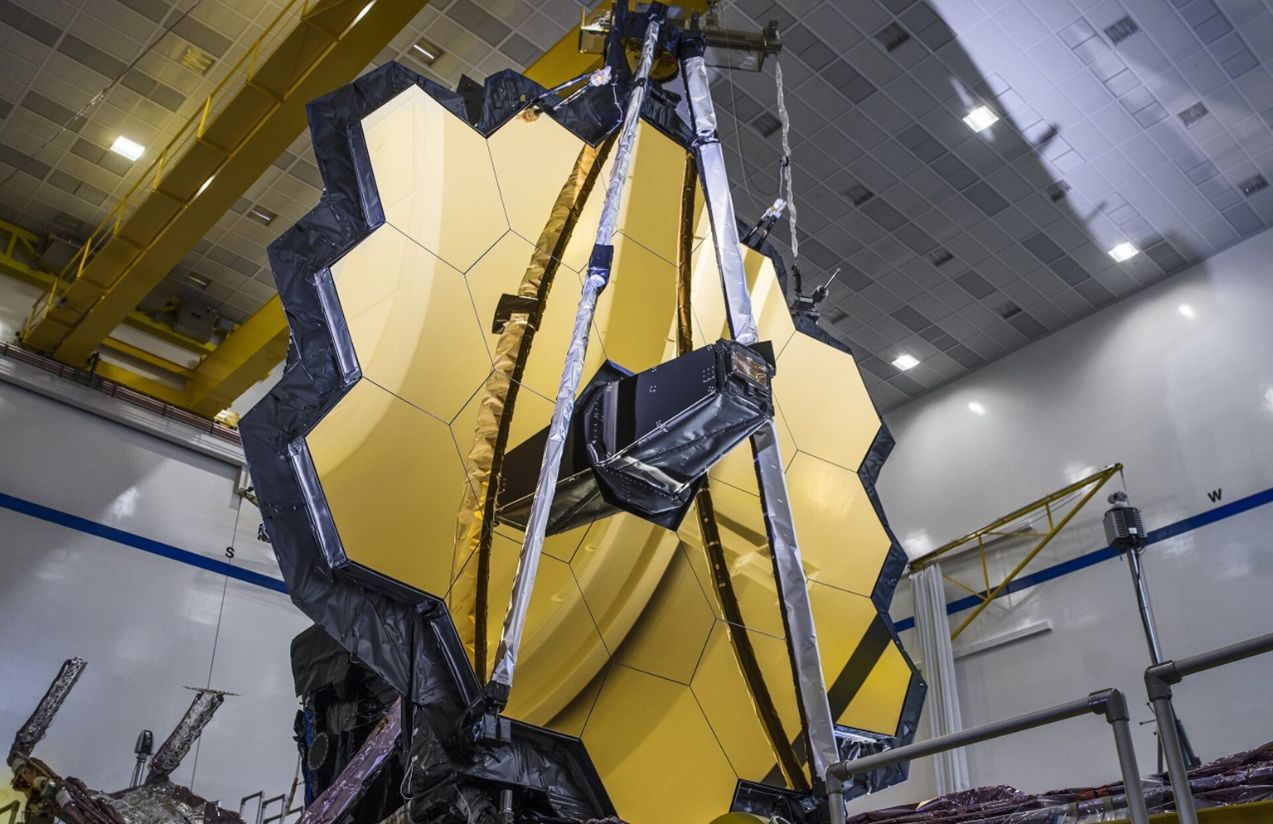The James Webb Space Telescope has discovered a tiny moon orbiting Uranus, raising the total number of known satellites of the planet to 29. Detected in infrared images captured in February 2025 with the NIRCam camera, this moon measures just 10 kilometers in diameter and went unnoticed even by the Voyager 2 probe during its flyby almost four decades ago.
Provisionally designated as S/2025 U1, the new satellite orbits close to Uranus’ equatorial plane, about 56,000 kilometers from the planet’s center, located between the orbits of Ophelia and Bianca. Its nearly circular path suggests that it may have formed in the same region, along with other inner moons.
The discovery is a strong example of the James Webb Telescope’s potential to reveal celestial objects that past missions could not detect, thanks to its high sensitivity in the near-infrared spectrum. Scientists such as Matthew Tiscareno from the SETI Institute believe this finding may only be the tip of the iceberg, suggesting that many other tiny moons could still be hiding around Uranus.
What are the implications of this discovery for the exploration of Uranus’ moons?
The finding confirms that the planet’s inner moon system is more complex than previously thought and suggests that more small satellites may exist. This strengthens the case for conducting more detailed and continuous studies of the Uranian system with advanced telescopes like James Webb.

